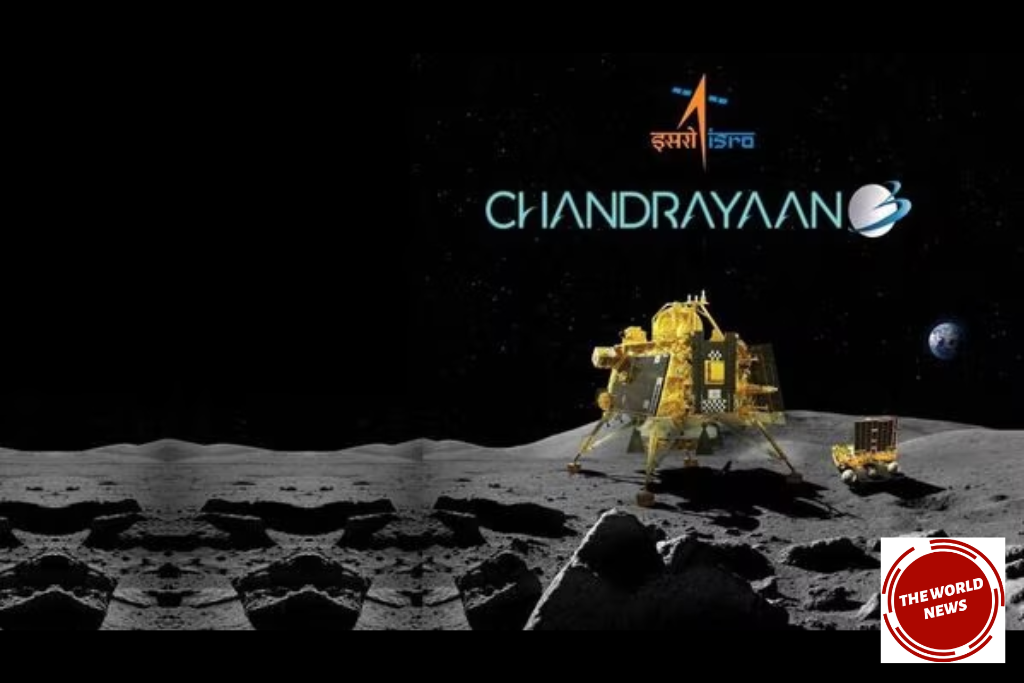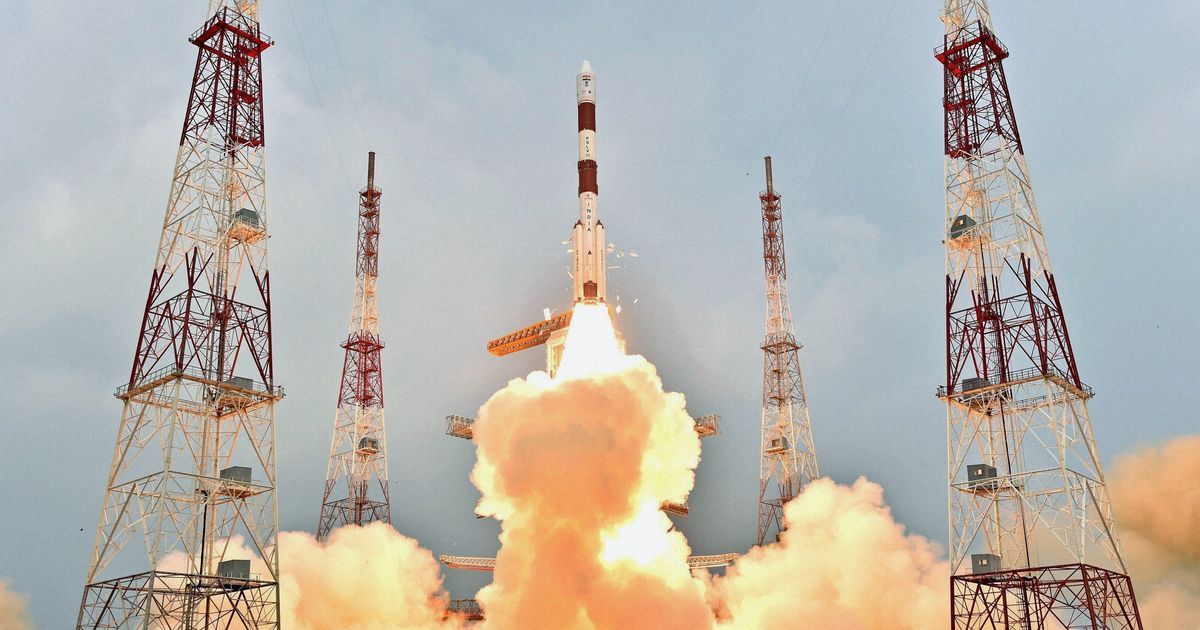On a historic Wednesday evening, India’s space agency, the Indian Space Research Organisation (ISRO), achieved a monumental feat as the Chandrayaan-3 lander softly touched down on the lunar surface, near the south pole of the Moon. This accomplishment not only placed India at the forefront of space exploration but also marked the fourth nation in history to achieve a lunar landing, following the United States, the Soviet Union, and China. As the nation celebrates this remarkable achievement, let’s take a journey through ISRO’s significant accomplishments in three major programs: satellites, launch vehicles, and planetary exploration.
Satellites: Pioneering India’s Space Journey
The journey of ISRO’s satellites began on April 19, 1975, with the launch of the Aryabhata satellite. Weighing 360 kg, Aryabhata was India’s first step into the cosmos. Designed to conduct experiments in fields like X-ray astronomy, aeronomics, and solar physics, Aryabhata heralded India’s entry into the space age. Named after the legendary fifth-century mathematician and astronomer, the satellite was a symbol of the enduring friendship between India and the Soviet Union. Despite losing communication after five days, Aryabhata laid the foundation for India’s burgeoning space program.
Aryabhata served as the predecessor of our space program and gave us the confidence to create cutting-edge application satellites for communication, remote sensing of natural resources, and meteorological research, according to U R Rao, a key figure in ISRO’s satellite program.
Following Aryabhata’s legacy, ISRO introduced two experimental remote-sensing satellites: Bhaskar-1 in 1979 and Bhaskar-2 in 1981. These satellites paved the way for the Indian Remote Sensing (IRS) Satellite system, a series of Earth Observation satellites that revolutionized various fields. The IRS-1A, launched in 1988, marked a significant milestone. Equipped with cameras like LISS-I and LISS-II, it provided invaluable imagery for applications ranging from agriculture to disaster management. The success of IRS satellites laid the groundwork for India’s prowess in remote sensing technology, and today, India boasts one of the world’s largest constellations of operational remote sensing satellites.
Launch Vehicles: Propelling Dreams into the Cosmos
In the early stages of its space journey, India relied on foreign assistance for launch vehicles. The launch of Aryabhata was made possible by the Soviet Union, emphasizing the spirit of international cooperation. However, ISRO soon recognized the importance of self-reliance and initiated the development of indigenous launch vehicles.
The Polar Satellite Launch Vehicle (PSLV) emerged as a game-changer. Its inaugural flight in 1993 marked India’s first successful step towards building launch vehicles. The PSLV quickly gained prominence for its reliability and cost-effectiveness, becoming a preferred choice for launching satellites into various orbits. One of its notable achievements was the successful launch of a record-breaking 104 satellites in a single mission in 2017.
Following the PSLV’s success, the Geosynchronous Satellite Launch Vehicle (GSLV) was introduced to carry heavier payloads into higher orbits. The GSLV Mk III, also known as LVM3, bolstered India’s capability to launch heavier payloads, including the Chandrayaan and Mangalyaan missions. This mighty vehicle not only demonstrated India’s technical prowess but also showcased its determination to explore beyond Earth’s boundaries.
Planetary Exploration: Reaching for the Stars and Beyond
ISRO’s pursuit of planetary exploration has been nothing short of inspiring. In 2008, India launched its first lunar mission, Chandrayaan-1, which made the world sit up and take notice. The mission’s highlight was the discovery of water molecules on the lunar surface, reshaping our understanding of the Moon’s composition.
Following this success, ISRO set its sights on Mars, a bold move that showcased India’s commitment to interplanetary exploration. The Mars Orbiter Mission, fondly known as Mangalyaan, not only marked India’s first interplanetary mission but also made it the fourth space agency to reach Mars orbit. This mission was celebrated for its frugality, achieving its goals with a relatively modest budget.
Chandrayaan-3
The recent accomplishment of Chandrayaan-3’s lunar landing underscores ISRO’s dedication to unraveling the mysteries of the cosmos. The lunar south pole landing not only holds immense scientific value but also cements India’s position as a prominent player in space exploration.
Conclusion
ISRO’s journey from the launch of Aryabhata to the historic lunar landing of Chandrayaan-3 is a testament to India’s commitment to technological advancement and space exploration. The achievements in satellite technology, launch vehicles, and planetary exploration have not only propelled India onto the global stage but have also contributed significantly to scientific understanding and societal progress. As we celebrate Chandrayaan-3’s successful landing, we eagerly anticipate the next chapter in ISRO’s remarkable space odyssey. With every launch, ISRO continues to push the boundaries of human knowledge and inspires generations to dream big, reach for the stars, and expand the horizons of what is possible.
Stay updated with the latest news at The World News.



